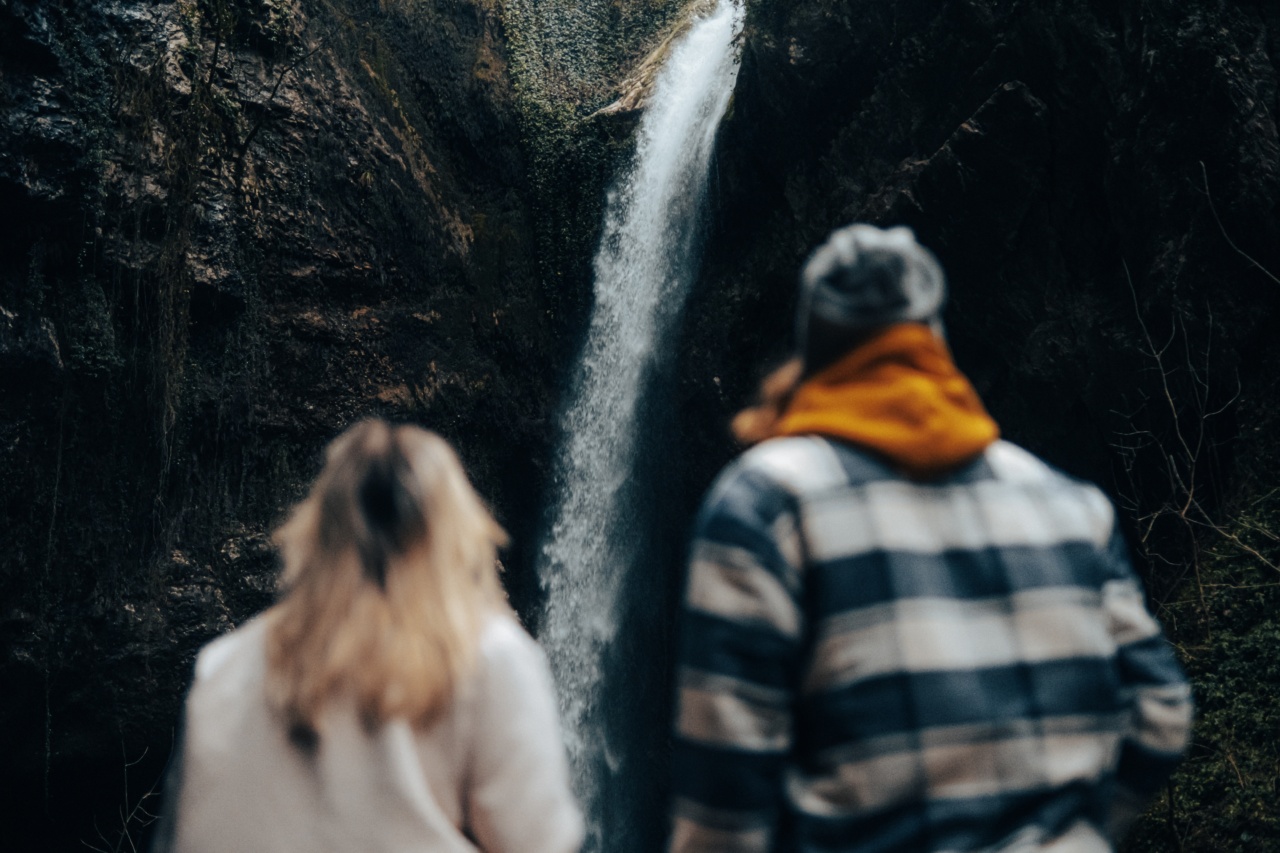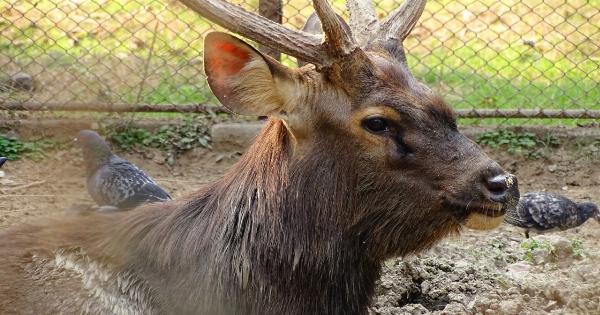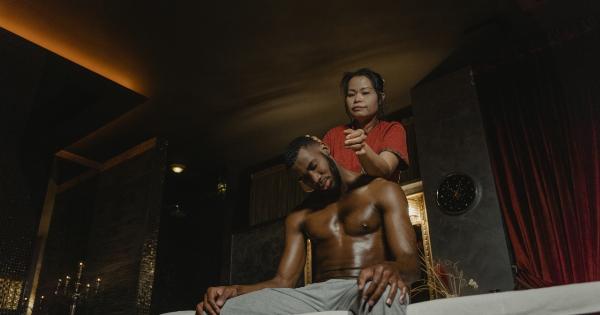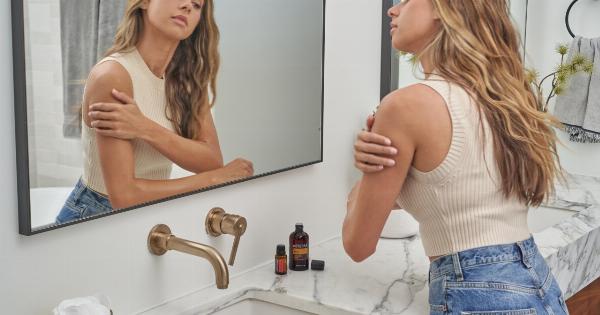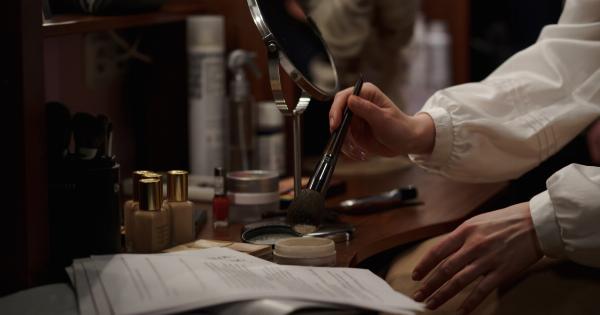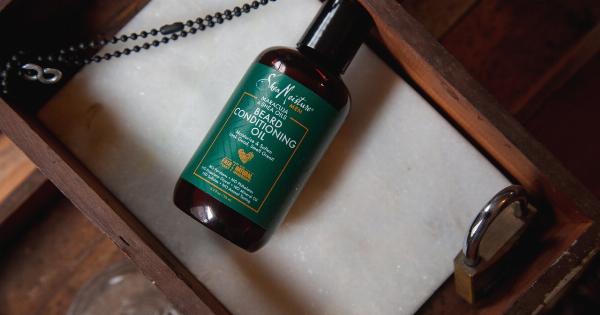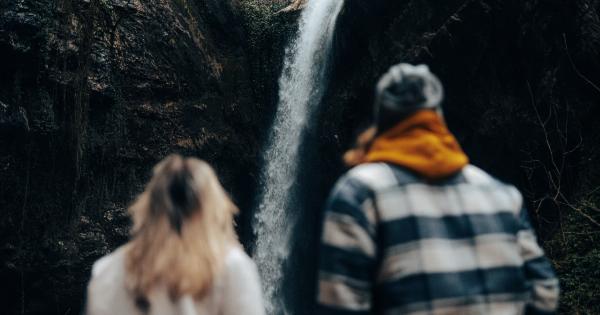Discovering lice in your hair can be a stressful and uncomfortable experience. These tiny parasites can quickly multiply, causing itching, irritation, and embarrassment.
However, with the right approach and diligent treatment, you can effectively eliminate lice from your hair. In this article, we will outline various methods and steps you can take to get rid of lice once and for all.
1. Identification
The first step in eliminating lice is to confirm their presence and identify the extent of the infestation. Lice are wingless insects that live on the scalp and feed on blood.
Common signs of lice infestation include persistent itching, small red bumps on the scalp, visible nits (lice eggs) attached to hair shafts, and the presence of adult lice crawling on the scalp.
2. Treatment Options
There are several treatment options available to eliminate lice from your hair:.
2.1. Over-the-Counter (OTC) Products
OTC lice treatment products typically contain chemicals such as pyrethrin or permethrin, which are effective in killing lice.
Follow the instructions provided with the product carefully, and ensure that the treatment is applied to both your hair and scalp. Some products may require a second application after a few days to kill any newly hatched lice.
2.2. Prescription Medications
If OTC products do not work, consult a healthcare professional who may prescribe stronger medications, such as Malathion or Ivermectin, to eliminate the lice.
These prescription medications often require only one application and should be used as directed by your healthcare provider.
2.3. Home Remedies
Alternatively, you can try certain home remedies to get rid of lice. While there is limited scientific evidence to support their efficacy, some common home remedies include:.
– Applying mayonnaise, olive oil, or coconut oil to suffocate and kill the lice. Leave the oil on overnight and comb through the hair with a fine-toothed comb to remove dead lice and nits.
– Using tea tree oil, eucalyptus oil, or neem oil, which are believed to have natural insecticidal properties. Dilute the oil in water and spray it onto the hair, or add a few drops to your shampoo.
– Using a vinegar solution to loosen the glue-like substance that attaches nits to the hair shafts. After applying the solution, comb the hair with a lice comb to remove the nits.
3. Combing and Nit Removal
Regardless of the treatment option you choose, combing plays a crucial role in lice elimination. Follow these steps for effective combing:.
– Use a fine-toothed lice comb, preferably with metal tines, to remove lice and nits from the hair.
– Divide the hair into small sections and comb each section from root to tip. Wipe the comb on a tissue or rinse it under running water to remove any lice or nits.
– Repeat the combing process daily for at least two weeks to ensure all lice and nits are removed. Inspect the hair and scalp carefully each time to monitor progress.
4. Cleaning and Preventing Re-infestation
In addition to treating your hair, it is essential to take steps to prevent re-infestation and eliminate lice from your surroundings:.
– Wash all bedding, clothing, and personal items that may have come into contact with lice in hot water (at least 130°F or 54°C) and dry them on high heat.
– Soak combs, brushes, hair accessories, and any other hair tools in hot water for 10-15 minutes or replace them to prevent re-infestation.
– Vacuum your home thoroughly, especially areas where infested individuals have spent time. Pay special attention to upholstered furniture, rugs, and car seats.
– Inform close contacts, such as family members, friends, and school authorities, so they can check for and treat any potential lice infestations.
5. Prevention Tips
Preventing lice infestation altogether is crucial, especially in environments where outbreaks are common, such as schools or camps. Consider these preventive measures:.
– Avoid sharing combs, brushes, hats, pillows, helmets, or any other personal items that have direct contact with the head.
– Teach children to avoid head-to-head contact during playtime or while taking group selfies.
– Encourage the use of lice repellent products, such as shampoos or sprays, especially during lice outbreaks.
– Regularly inspect your child’s hair and scalp for any signs of infestation, especially if they complain of itchiness.
